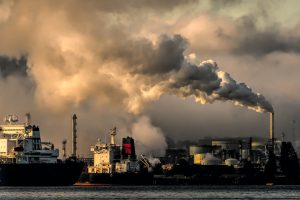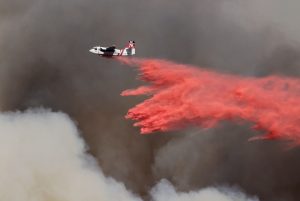On average, 3.35 million acres of land had been burned between 2000 and 2018. In 2020, according to a National Interagency Coordination Center report, the amount of land burned by wildfires in the West reached 8.8 million acres. In California, over twice the acres of land have been burned by wildfires in contrast with its five-year average. Additionally, there are over 184 documented major fires in 2021 in the Brazilian Amazon.

As wildfires continue to ravage the Earth, a group of scientists from UCLA And Lawrence Livermore National Laboratory conducted a study pursuing the link between climate change and increasingly large wildfires.
Over the past two decades, a growing amount of land in the United States has been destroyed by such wildfires. Rong Fu is a UCLA professor of atmospheric and oceanic sciences and is the study’s corresponding author. She said that this trend will most likely worsen in the future. “I am afraid that the record fire seasons in recent years are only the beginning of what will come, due to climate change, and our society is not prepared for the rapid increase of weather contributing to wildfires in the American West.”
The main question that arises is the factors behind this trend: How much was caused by human-caused climate change and how much was due to weather patterns, climate variation, reduced summer rain, and other environmental factors?

The study was published in the journal Proceedings of the National Academy of Sciences. The researchers involved used artificial intelligence technology with climate and fire data to examine the roles that different factors played in determining an important variable regarding wildfire risk: vapor pressure deficit, or VPD. This term measures the difference between the air’s water content and saturation point. The higher the VPD, the more moisture air can absorb from soil and plants. Therefore, rural areas burned by wildfires usually have high vapor pressure deficits.
The overall results from this study led to the conclusion that on average, the natural variations in the atmosphere only add up to 32% of the VPD trend in the western U.S. between May and September. As a result, 68% of the VPD trend is most likely due to human-induced global warming.
These critical findings show that the main cause for the climbing levels of wildfires in the western United States is due to emissions released by humans. Rong Fu expects wildfires to become more intense overall, despite wetter and cooler conditions as winter comes around.
Written By: Sudeepthi Ravipati
December 14, 2021

